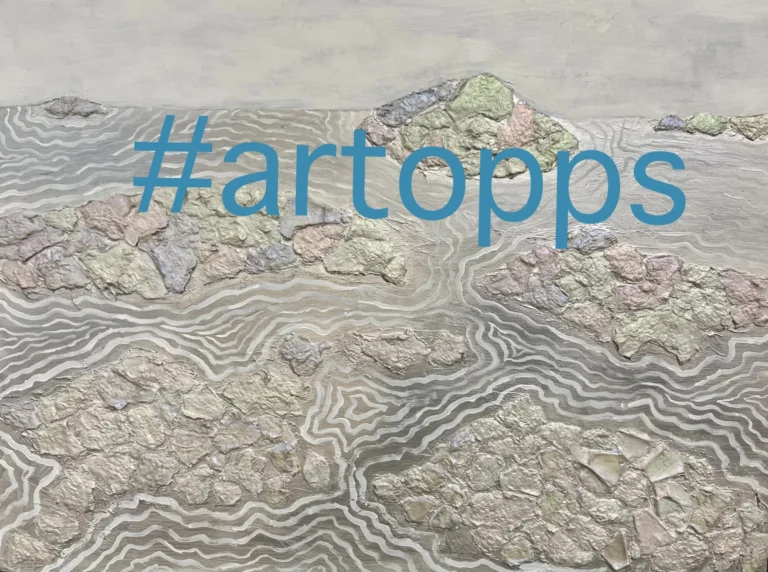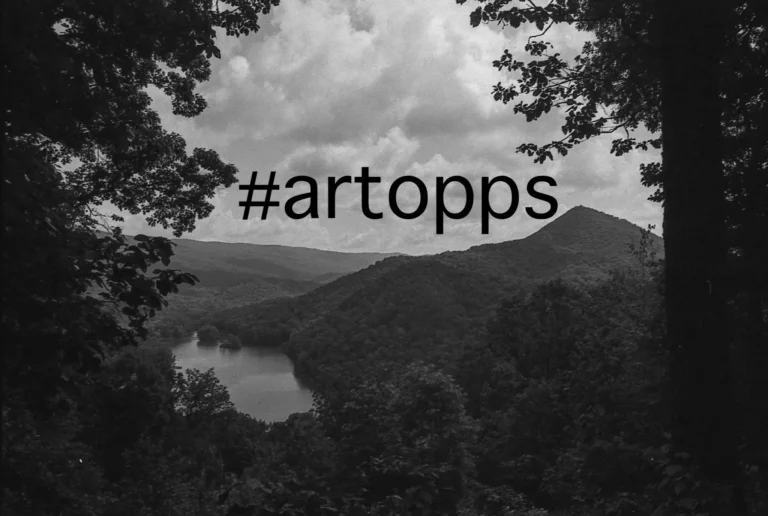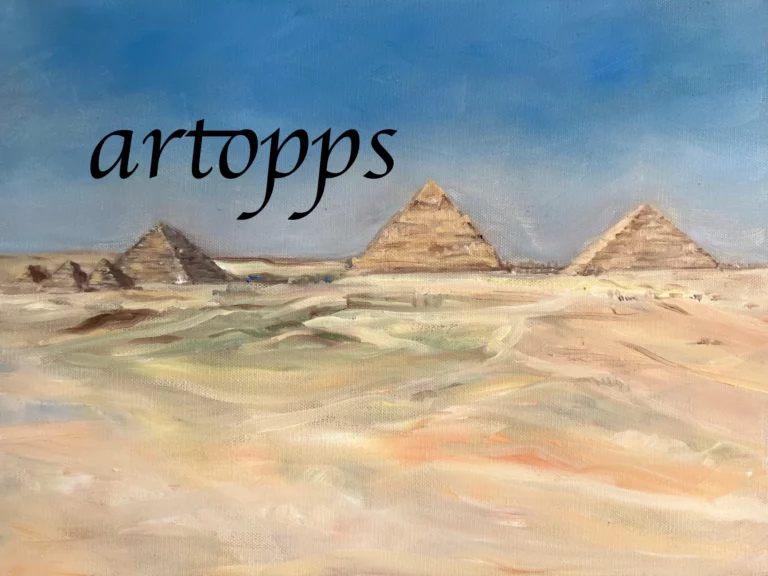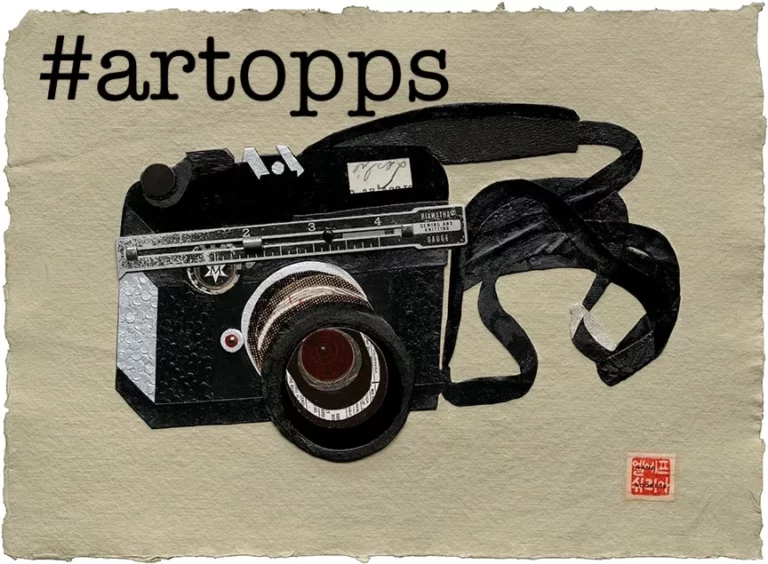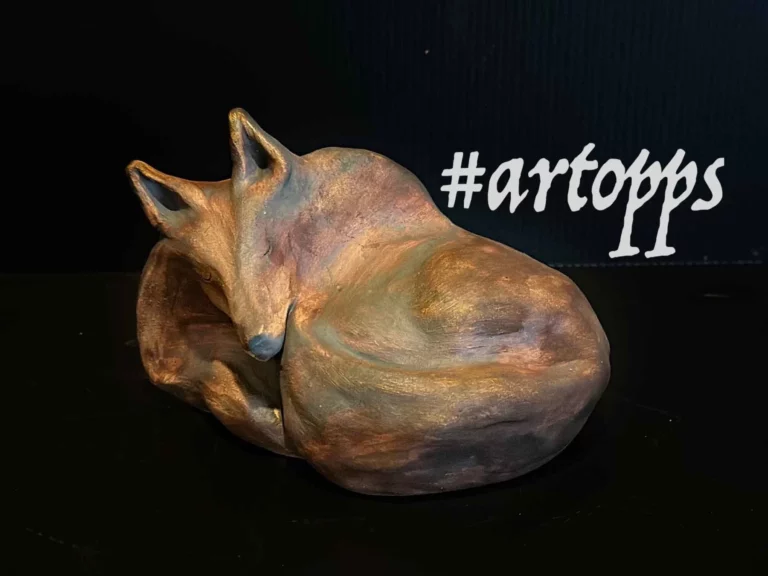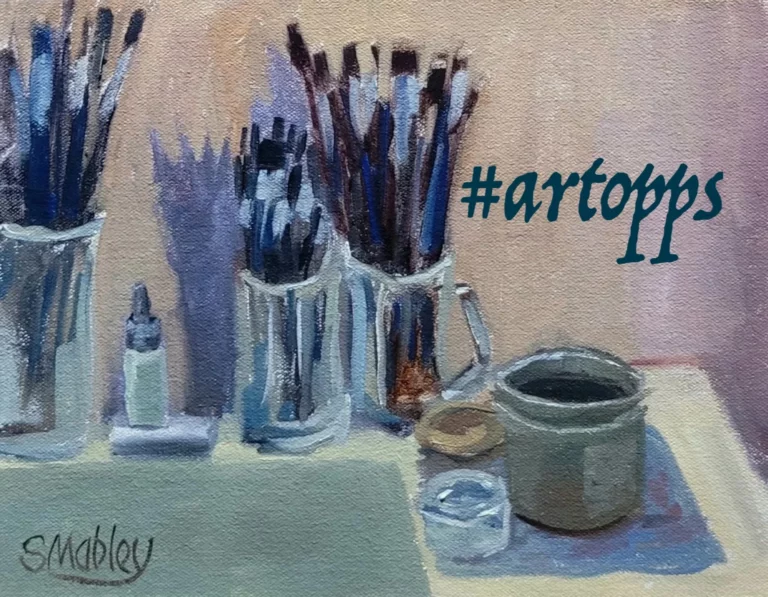Wild Clay: Q&A with Potters Hitomi & Takuro Shibata
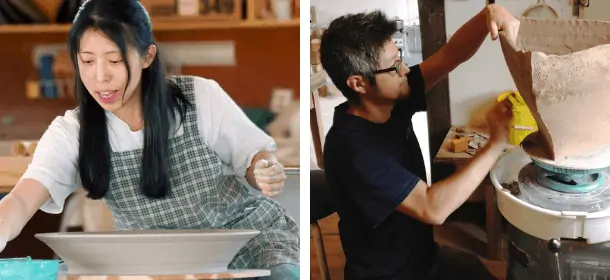
Hitomi and Takuro Shibata learned pottery making as professional studio potters in Shigaraki, one of the oldest and largest pottery villages in Japan. Now based in Seagrove, North Carolina, the Shibata’s join The Art League gallery the evening of Friday, June 14 to speak about their experiences in Shigaraki and Seagrove, inspirations and influences, wild clays in North Carolina and their wood firing methods. The Shibata’s small pottery studio is named “Touya” which means “pottery house” in Japanese. Studio Touya focuses no making simple and functional pottery by using local wild clay and wood firing techniques.


I think I get inspirations and ideas from my experiences that I had with friends, families, great foods, at special places and occasions. Nature and function are also important elements for making pots. We use natural materials, fire by our wood kiln, and use handmade pots everyday.
I learned pottery making at my school, Okayama University in Japan in 1990-1996. It was great to learn from my professor who made very traditional functional table wares everyday at my undergrad and grad programs. But I learned more practical lessons through my pottery jobs in Shigaraki that is one of the biggest pottery villages in Japan, as a young potter. Making living from pottery job was not easy, you must work very hard from early morning to late night with very small stipends. I learned a lot (good and bad), and it made me think of how I want to live as a potter. Earning good skills is important, and having clear goals, learning from good artists and craft people, and keeping working hard are also important, too.
“It takes time, money and lots of energy to set up your own pottery studio and business. You need skill, tenacity, intellectual curiosity and an old fashioned work ethic. You need to read, you need to travel. You may need to go to school, work as an apprentice, complete a residency or take on a part time job. Success doesn’t happen overnight. It is challenging, but there are many opportunities in many places for a young potter. Our potter’s world is full of welcoming, generous people.”

I am getting my inspiration from beautiful nature, and people and also experiences. But I especially inspire by clays and materials as a part of nature. It is so fascinating for me to see how they change by fire.
How did you learn the method that you and Hitomi use to create and fire your work?
I learn my basic pottery making skills through my apprenticeship in Shigaraki. And after that, I leant from Hitomi and the people who I met and work together. And I try and made mistakes, those experience made my current method for making my work.
What is one thing you’ve learned from being a working professional artists that you’d like to share with those who are aspiring professionals?
Believe yourself and keep trying.
About the Shibata’s process:
Most of their work is made of North Carolina local clays, including those new clays that they test and mix up with wild local clay. The Shibata’s built their Anagama kiln in 2009. To make the ash glazes, they collect wood ash from wood kilns and wood stoves, which are traditional in Japan. The studio uses iron oxide for brush decollation. Iron Oxide is the only oxide the Shibata’s use for pottery, and they aim to use simple and natural and non-toxic materials to create their work. The Anagama firing takes three days to load, and five day to fire. Salt chamber firing itself takes one day to load, and one to two days to fire with a small amount of rock salt.
Can't get enough?
Sign up for our weekly blog newsletter, subscribe to our RSS feed, or like us on Facebook for the latest Art League news. Visit our homepage for more information about our classes, exhibits, and events in Old Town Alexandria, Virginia.




